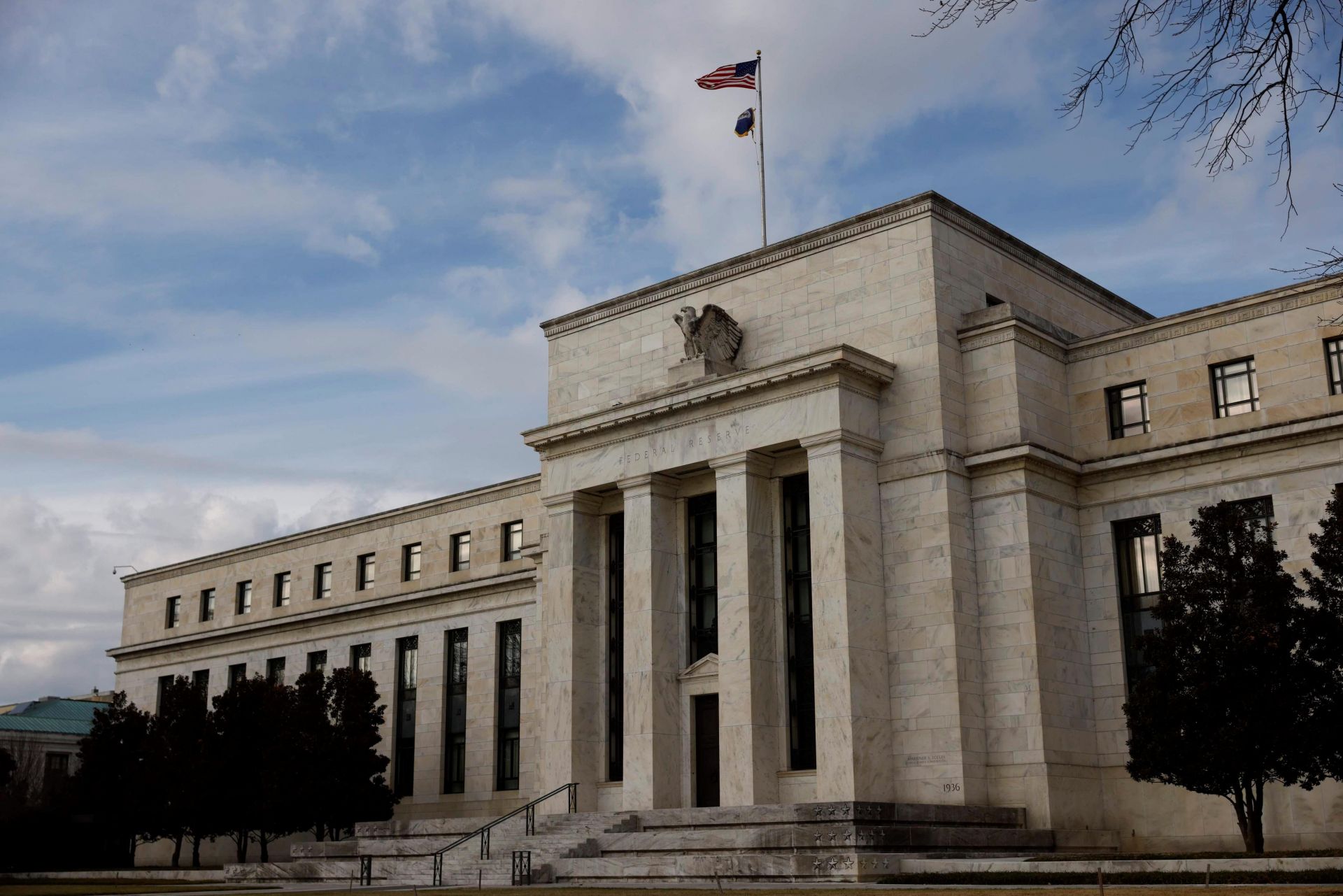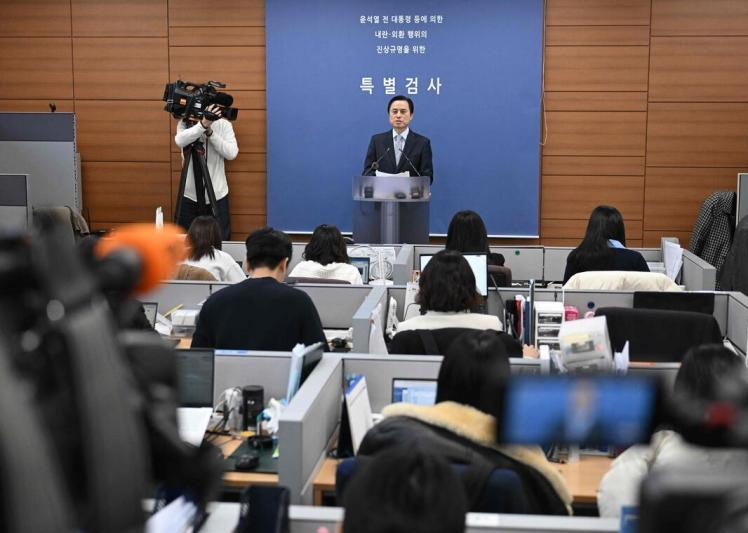
Recently, Federal Reserve Chairman Powell issued a signal of interest rate cuts at the Jackson Hole Global Central Bank Annual Meeting, which quickly triggered global financial market volatility. Powell pointed out that the US economy is still showing resilience against the backdrop of high tariffs and tightening immigration policies, but there has been a significant slowdown in the labor market and economic growth. Although inflation remains a concern, rising job market risks may prompt the Federal Reserve to cut interest rates in September. Behind this policy shift are subtle changes in US economic data and profound adjustments in the global trade environment.
According to labor market data, the number of non farm payrolls in the United States increased by only 73000 in July, far below the market expectation of 110000, and the data for May and June were significantly revised downwards, with a total decrease of 258000, reaching the highest level of decline since the pandemic. This data indicates that the growth momentum of the US job market is weakening. At the same time, the private sector added 83000 new jobs, while the government sector added negative jobs, indicating a structural problem in the job market. The unemployment rate remains at 4.2%, but the slowing trend of employment growth is evident. The average monthly increase in non farm employment in the past three months was only 35000, far lower than the monthly increase of 168000 in 2024. The sluggish employment market has forced the Federal Reserve to reassess its policy stance.
In terms of economic growth, the US GDP grew at an annual rate of 3.0% in the second quarter, which was higher than expected, but consumption and investment growth have slowed down. The depletion of excess savings among residents and the high interest rate environment have put pressure on the economy, resulting in weak growth in actual demand. Against the backdrop of high tariffs and tightening immigration policies, the supply side of the US economy has also been impacted, with a sharp slowdown in labor force growth, further exacerbating the trend of economic slowdown.
In terms of inflation, the core PCE price index in the United States rose 2.9% year-on-year in July, slightly higher than expected, indicating the stickiness of inflation. Tariffs have started to push up prices of some goods, such as furniture and motor vehicle parts, while service inflation has also maintained a considerable stickiness, facing resistance in the downward trend. However, long-term inflation expectations remain firmly anchored, and market and survey indicators show that the long-term inflation expectation indicator is consistent with the Federal Reserve's 2% long-term inflation target. This gives the Federal Reserve more policy space to balance inflation and employment targets.
In his speech, Powell also mentioned the adjustment of the Federal Reserve's policy framework, revised the "Long term Objectives and Monetary Policy Strategy Statement," abolished the "average inflation target system," and returned to a flexible inflation target. This adjustment indicates that the Federal Reserve pays more attention to real-time changes in data and dynamic adjustments in economic conditions in policy-making. Meanwhile, Powell emphasized that the Federal Reserve will always maintain a balance between its dual mission of achieving maximum employment and price stability, and policy adjustments will be based on data and its impact on the economic outlook and risk balance.
The market responded enthusiastically to Powell's speech, and the three major US stock indexes rose sharply in early trading, with the Dow Jones Industrial Average, Nasdaq, and S&P 500 index all rising significantly. The plunge in the US dollar index and the sharp rise in gold and silver prices reflect the market's optimistic outlook on interest rate cuts. The market generally expects the Federal Reserve to cut interest rates in September, but there is still uncertainty about the magnitude of the rate cut and the subsequent policy path.
However, the Federal Reserve's policy shift also faces many challenges and risks. The downside risk of the labor market is the primary issue, and if the slowdown in employment growth evolves into a surge in layoffs and an increase in unemployment rate, it will pose a serious threat to the economy. Meanwhile, the stickiness of inflation may also compromise the effectiveness of interest rate cuts, and commodity inflation driven by service inflation and tariffs may persist. In addition, there is significant uncertainty regarding the impact of high tariffs, tightening immigration policies, and reshaping the global trading system on the economy, which may offset the effect of interest rate cuts.
Looking ahead, the Federal Reserve's policy shift aims to balance economic slowdown and inflation risks, but the specific effects will depend on subsequent data and economic performance. The complexity of the global economy requires the Federal Reserve to remain cautious in policy adjustments and closely monitor changes in domestic and international economic situations. At the same time, the United States also needs to strengthen coordination with other countries to jointly address global challenges and maintain global economic stability and growth.

YTN TV of South Korea reported on Tuesday (December 16) that the South Korean court plans to make a ruling on the charges of former President Yoon Suk Yeol for obstructing justice on January 16, 2026.
YTN TV of South Korea reported on Tuesday (December 16) tha…
On December 7, a new round of intense military conflict bro…
Recently, US media disclosed that the Pentagon is planning …
From three launch failures and a brush with bankruptcy to n…
Recently, a major piece of news has emerged in the US polit…
Against the backdrop of the Federal Reserve's third rate cu…